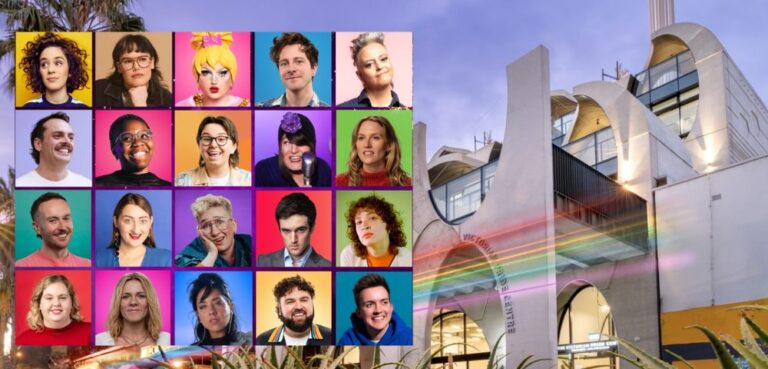
Mixed results in HIV figures
More consistent condom use helped HIV notification rates among NSW gay men remain stable last year, according to AIDS groups. But the message may not be getting through to older gay men, who are reporting a higher proportion of HIV notifications.
NSW doctors reported 388 HIV diagnoses in 2005, down from 407 the previous year, according to NSW Health figures released last week.
Gay men continue to account for the majority of diagnoses, but notification rates among this group have stabilised after increases in 2002 and 2003 and a drop two years ago.
ACON chief executive Stevie Clayton told Sydney Star Observer there were 269 confirmed HIV notifications from gay men last year, compared with 267 in 2004.
It’s only an increase of two, just under one percent, and that close makes a plateau, Clayton said.
The NSW figures followed substantial notification rises in Victoria and Queensland last year.
The flattening notification rate here showed gay men responded well to safe-sex messages after the recent rises, Clayton said.
We saw more gay men having safe sex and using condoms more consistently.
[But] it’s plateaued at a higher rate than it used to be. It’s still an issue for us and we should be able to bring it down lower.
NSW Health also reported gay men aged 40 to 49 were accounting for a growing proportion of HIV notifications, a trend that’s worrying community health groups.
The average age of transmission of HIV for years has been around 35 to 37, and those same gay men are now moving into their 40s, Clayton said.
As you get into the 30s, and you’re having sex with people in a wider network, there’s more chance that one or more of those people will be HIV-positive.
[And] with older men, not just the 40-49, what we are seeing is men who are coming out of long-term relationships where they haven’t had to negotiate condom use for a really long time, and don’t feel really prepared to do that.
Geoff Honnor, executive officer of People Living With HIV/AIDS (NSW), said anecdotal evidence suggested older gay men were likely to be more sexually adventurous.
This seems not to be about people who are ignorant about safe-sex messages or are unaware of what HIV is, Honnor told the Star.
Health groups are also concerned by a rise in new HIV notifications -“ classified as diagnoses made in the last six months. Among gay men, this category rose by about 10 percent in 2005, with gay men in their early 20s featuring prominently, Clayton said.
It could simply mean that we’re catching more infections, diagnosing more infections faster. It doesn’t mean there actually are more infections, just that we’re picking them up.
Or it can mean that we’ve had a period of picking up infections that have existed a little bit longer -¦ or it could be that we’re actually seeing another spurt of new infections.
ACON plans to target older gay men and party boys -“ who tend to have more risky sex -“ in a bid to lower HIV notification rates.
We’re optimistic that gay men can get that figure down. It really just requires that focus on safe sex for a period of time until we can see a decrease, Clayton said.
Link: AIDS 25 years on









